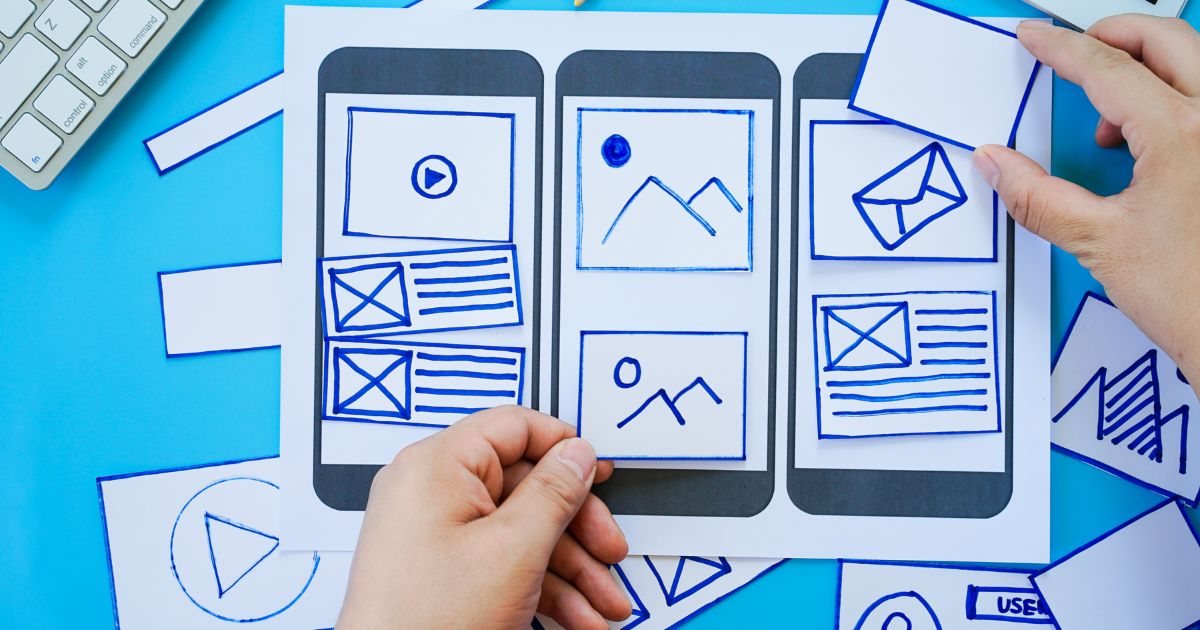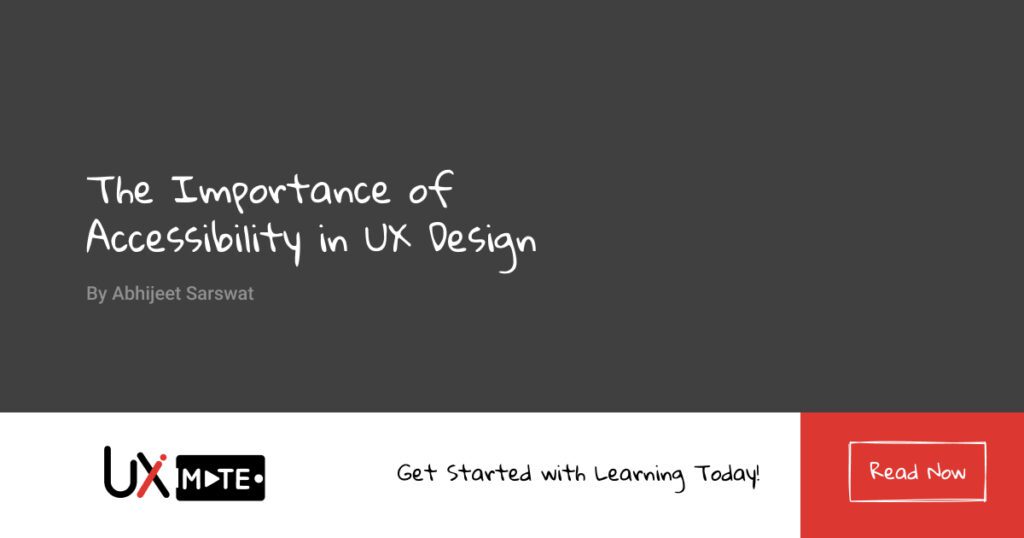By Abhijeet Sarswat
Discover the world of User Experience (UX) Design, a discipline rooted in a rich vocabulary of terms and concepts. Whether you’re an aspiring UX designer, developer, or someone intrigued by UX, it’s crucial to familiarize yourself with these essential terms. In this article, we’ll provide a comprehensive overview of the most common terms in UX Design, empowering you with valuable insights. Let’s embark on a journey through the fascinating realm of UX!

User Research
Information Architecture:
User research involves gathering insights about users’ behaviors, needs, and motivations through various methods such as interviews, surveys, and usability testing. It helps designers understand their target audience and design solutions that meet user expectations.
Information architecture focuses on organizing and structuring information within a product or website. It involves creating intuitive navigation systems, categorizing content, and ensuring findability and ease of use for users.
Wire framing
Wire-framing is the process of creating low-fidelity visual representations of a user interface. These simplified layouts outline the structure and basic functionality of a design, allowing designers to focus on the user flow and content hierarchy.
Prototyping
Prototyping involves building interactive and clickable representations of a design concept. Prototypes help test and validate ideas, gather user feedback, and refine the user experience before moving into development.
Usability Testing
Usability testing involves observing users as they interact with a product or design to identify usability issues and gather feedback. It helps evaluate how well a design meets user needs and expectations, allowing for iterative improvements.
User Persona
A user persona is a fictional representation of a target user group. It incorporates demographic information, motivations, behaviors, and goals, providing designers with a reference point to design for specific user segments.
User Journey
A user journey maps the various touchpoints and interactions a user has with a product or service. It visualizes the user’s experience from the initial encounter to task completion, helping designers identify pain points and opportunities for improvement.
Visual Design
Visual design focuses on the aesthetics and visual elements of a user interface. It includes color schemes, typography, iconography, and layout design, aiming to create visually appealing and cohesive experiences.
Accessibility
Accessibility in UX Design ensures that digital products are usable and inclusive for users with disabilities. It involves following guidelines and implementing design features that cater to individuals with visual, auditory, cognitive, or motor impairments.
Responsive Design
Responsive design is an approach that ensures a website or application adapts and responds to different screen sizes and devices. It aims to provide an optimal user experience regardless of whether the user is accessing the product on a desktop, tablet, or mobile device.
Conclusion:
As you delve into the world of UX Design, understanding these common terms and concepts will empower you to communicate effectively with other designers, stakeholders, and developers. By familiarizing yourself with user research, information architecture, wireframing, prototyping, and other key aspects, you’ll be equipped to create meaningful and user-centered experiences. Embrace these terms as a foundation for your UX journey and keep exploring the ever-evolving landscape of UX Design.


